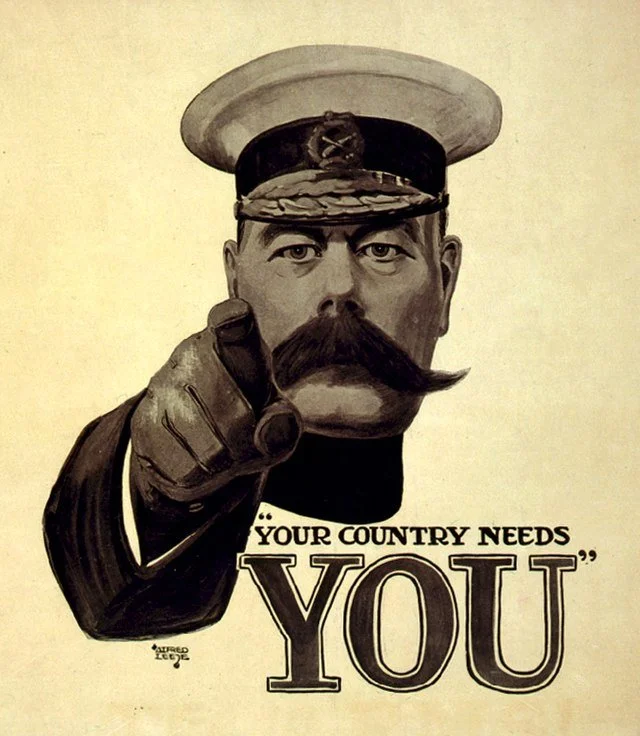Indigenous Languages of South America
When one thinks of South America’s linguistic landscape, the dominant languages that spring to mind would be Spanish, spoken by 639 million people (60 per cent), and Portuguese, spoken by 206 million people. However, South America has more language families than North or Central America, touting 37 of them.
The diverse plethora of tongues in South America are spoken by peoples living in communities throughout the Andes, Amazon rainforest, Atacama Desert, and glacial south of Argentina. Some examples include Lenca, Tupí, Tacana, Pano, Mataco, Arawak, Tupian, Gamela and Chon. Many of these languages are classified as vulnerable or under threat. Language helps us express our feelings, thoughts, desires, and curiosities that we have bubbling inside of us – enabling our comprehension of the world. To lose them is to erase a catalogue of history, culture, art, religious beliefs, and politics. As Lenni Montiel, the United Nations Assistant Secretary-General for Economic Development, highlights, “the importance of languages cannot be undervalued.” As Alesandr Solzhenitsyn commented, “literature together with language, preserves and protects a nation’s soul.”
Yet, these indigenous languages are predominantly sidelined by governments or administrative bodies. For example, Quechua is spoken by 8 million people mainly in the Peruvian Andes and rural areas of the country. There are 45 dialects within Quechua. Cusco is the centralised, principal dialect of Quechua and it is regarded by native speakers as the language’s purest form. Quechua descends from the Runasimi tongue, spoken by the Incan empire. Thus, for speakers, their language serves as a symbolic link to Peru’s historical and pre-colonial pasts besides their instrumental daily use. Some words in Quechua have infiltrated Spanish, such as puma, condor, and llama. It is mainly an oral language (where the way to say hello is allianchu!). Around 13 per cent of Peruvians speak Quechua as their mother tongue. As Spanish is the dominant language of education and employment, there is less of a demand to learn Quechua unless it is spoken at home; hence, it is classified as a vulnerable language. Moreover, this language is highly dialectal in nature. As Howard said, “one could say that the diversity of Quechua weakens its chances of survival to some extent.” Preserving various different dialects of Quechua is no easy feat, due to their linguistic, which affects the possibility of the language’s survival. Not only does one have to record the standard grammar, syntax, and vocabulary, nuances must then be recorded too.
Guarani is another Indigenous South American language, spoken in Paraguay and parts of Argentina, Bolivia, and Brazil. 6.5 million people speak Guarani, and it is one of the official languages of Paraguay, although mainly spoken in rural areas. Guarani’s written grammar dates back to 1639. Aymara, another example, is indigenous to Peru and the Bolivian Andes. There are roughly 2.5 million speakers, making it the third most spoken indigenous language in South America. It is a minority language in Chile, particularly in the North of the country, as many Peruvians have migrated there and kept up their linguistic traditions to avoid losing their cultural heritage.
These languages must be preserved for. Principally, they represent the identity of their speakers and weave an intricate and dazzling tapestry of South America's pre-colonial roots. They reveal the heritage of their speakers and preserve historical events that shaped their communities. For example, Renata Flores Rivera, known as the queen of Quechua rap, has used traditional Andean musical instruments (e.g., the pan flute) and sounds, as well as the Quechua language and elements of reggaeton to create a new style of music. This encapsulates her heritage and roots whilst embracing the current times to create something new with a legacy. Music within Quechua cultures is highly important. Huayno music differs between regions, however, there are major similarities, such as the use of the Quenas and Sikus, which are traditional Andean flutes. Huayno music dates back to pre-colonial Peru. The lyrics tell the stories and myths of the different communities’ ancestors. As Thomas Bulfinch states, “without a knowledge of mythology much of the elegant literature of our own language cannot be understood or appreciated.” These languages act as a tool of preserving the speakers’ cultures and cultural outlook on the world. As Professor Megan Davis, chair of the Permanent Forum on Indigenous Issues said, “saving indigenous languages is crucial to ensure the protection of the cultural identity and indignity of indigenous peoples and safeguard their traditional heritage.” Furthermore, literary texts in these languages may be lost to the ravages of time if these languages are not preserved. Texts lets us access the mindset of a culture and the ways in which it evolves. It is a crucial part of a group of people’s cultural identity. It reveals key concepts and philosophies of a culture at a given moment in time.
However, all hope is not lost. There are many ways to preserve these fascinating tongues. The most popular may be through using digital and social media outlets, such as Babbel, Duolingo and WordReference, which create recorded materials for language learners to use. Language learners can also develop their oral skills by recording themselves speaking. Indigenous languages can be put on language learning websites, which opens the floodgates to an international language-learning audience. For example, Hawaiian, a noted vulnerable tongue due to its diminishing number of speakers, has now been added to Duolingo. There are other mechanisms to preserve indigenous tongues, such as political incentives. For example, in 1975, the military government of General Velasco made Quechua an official language in rural areas with high numbers of Quechua speakers. General Velasco did this to increase votes for himself in rural areas by appealing to the linguistic side of these residents. Media can also be an effective way of recording indigenous languages. In 2016, TV Perú produced a daily news programme in Quechua known as Nuqanchik - translating to “all of us” in Quechua. Additionally, TV Perú produced a news programme to help preserve the Aymara language.
In conclusion, these indigenous languages represent cultural and historical memories, as well as the subconscious of entire groups of people. These languages cast important cultural reflections on rituals, beliefs, politics, and the literature of a plethora of indigenous communities, and help speakers connect with their personal histories and project themselves into the future with hope, direction, and purpose. Indigenous languages must be protected so that future generations can access these tongues and understand their community’s past.
Image courtesy of Danielle Pereira via Wikimedia, ©2007, some rights reserved.
The views and opinions expressed in this article are those of the author and do not necessarily reflect those of the wider St. Andrews Foreign Affairs Review team.



